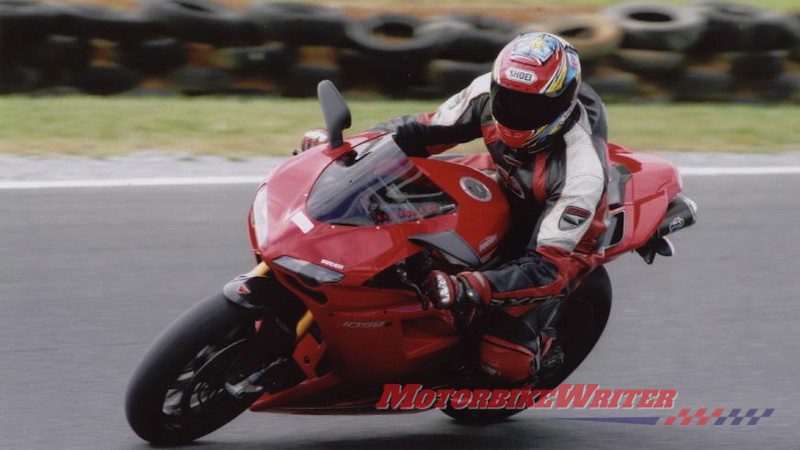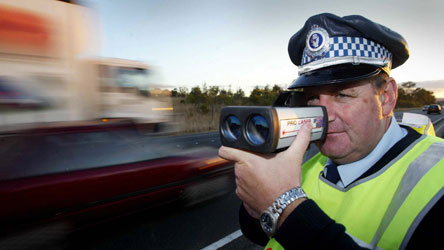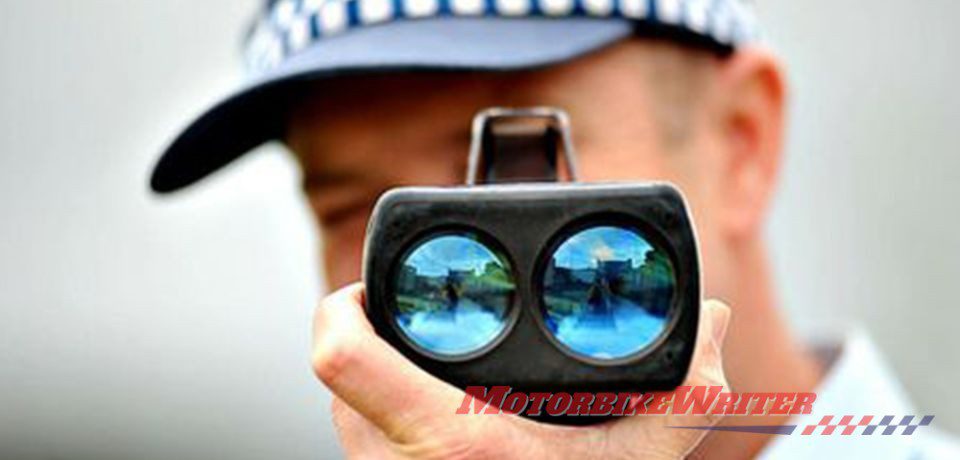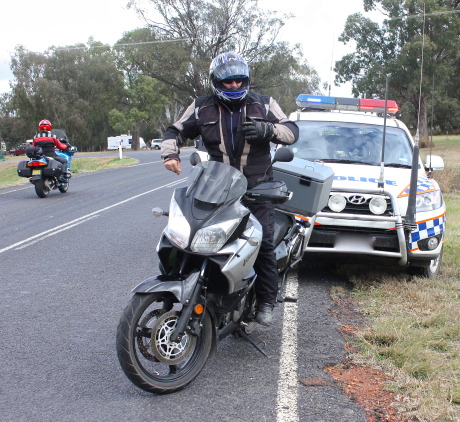Motorists sometimes inadvertently convict themselves for speeding when they are pulled over by the police, says traffic and criminal law specialist Chris Kalpage.
We have previously offered tips on what to do if pulled over by the police as well as tips from the police themselves!
Now, Chris has offered the following tips on what to do when pulled over specifically by NSW police for speeding, although the lessons are generally applicable around the world.

Recorded
If you are pulled over by a NSW highway patrol vehicle, the conversation is being recorded on both audio and video.
Even if it is not a highway patrol vehicle, the officer will make notes on your responses.
Often people are nervous and say things. It is sometimes safer not to make any admissions, especially if you do not have all the facts.
Even then, be wary of making admissions as they may seriously compromise your potential defence.
For example, where exactly do they say they observed you speeding and how did they assess your speed?
It can be the case that where you were alleged to be speeding is not where you have been pulled over by police. You may not have been speeding at the point they say you were.
In one case I defended, the in-car video clearly showed the bike passed the unmarked police car travelling in the opposite direction some 15km from where the rider was eventually pulled up. The rider obviously had no idea what the officer was talking about.
Identity crisis
If a police officer comes knocking on your door accusing you of failing to stop, there are clearly issues about the potential identity of the rider, etc.
In another situation on the Wisemans Ferry, a Ducati 748R rider went past a police four-wheel-drive and they accused my client some days later.
We successfully defended the case over the accuracy of the police recording of the bike rego number and whether it was his bike at the scene.
You generally don’t know all the facts on the side of the road so why step on a potential landmine?
Assessing speed

Generally there are four methods police use to assess speed, excluding fixed and mobile speed cameras. They are listed here in descending order of accuracy:
- The Lidar, which is a gun-like object which projects a laser beam and is aimed by the officer at an alleged specific target;
- The in-car radar which is a radar attached to the police car and uses a Doppler beam;
- Check speed which is a police officer following you and assessing your speed by using the car’s digital speedometer. It essentially shows their speed which may not be yours; and
- Police officer’s estimate, which has no objective measurement of speed.
Often the police will use one of the first three methods, combined with their estimate.
Things to consider on the roadside
If you have the presence of mind, ask the officer where specifically you are alleged to have been speeding and how they assessed your speed.
It is beneficial for you to take photographs of where the incident is meant to have taken place. If you have the capacity on your GPS or phone, record the exact longitude and latitude.
On country roads it may be difficult to pinpoint the exact location weeks later when you decide you want to challenge the allegation.
If the police officer was stationary when they alleged they observed you speeding, try to observe from that vantage point.
That will provide you with the officer’s visibility of your approaching vehicle and their maximum sighting distance.
Again, take photographs from that vantage point. Take notice of anything that may have obstructed the officer’s vision in tracking your vehicle.
Try to assess the distance you travelled from when the officer first observed you to when they started their test. The distance you would have travelled during the time they were testing you will depend on your alleged speed. Consider the following:
- What is the maximum sighting distance the officer had from where they were standing or where their vehicle was parked;
- From the maximum distance, how far had you travelled when the officer finished their test? Often we roughly work that out from when they step out on to the road or when they turn their lights on if facing you or if you get shown the reading on the Lidar; and
- If they are mobile, we use either when they turn their lights on as they are approaching or, at the worst, the “crossover point”. That is the point at which they go past you and are no longer getting a reading from your vehicle.
Disclaimer

This article is for your information and interest only. It is based on New South Wales law only. It is not intended to be comprehensive, and does not constitute and must not be relied on as legal advice. Please be aware that every case is different and the matters raised may not be of specific relevance to your situation but may have a general application. Seek specific advice tailored to your circumstances.
Chris can be contacted via email (mailto:kalpage@aol.com) or phone 0418211074.



